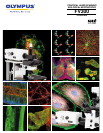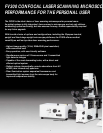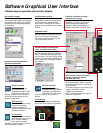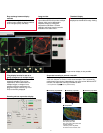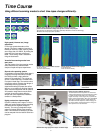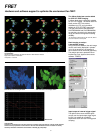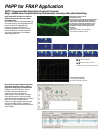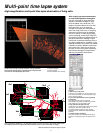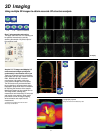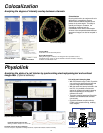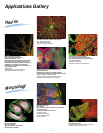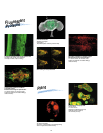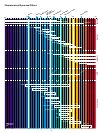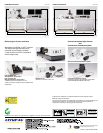
7
PAPP for FRAP Application
PAPP: Programmable Acquisition Protocol Processor
Easy, reliable flow of experiments for fluorescence recovery after photobleaching.
AOTF and PAPP function for effective
FRAP (Fluorescence Recovery After
Photobleaching)
Fluorescence recovery after photobleaching
can be analyzed on any designated area by
means of the AOTF-equipped laser
combiner. During the processes of
photobleaching and recovery, the PAPP
function enables time scales to be freely
and easily programmed to suit different
experiment purposes.
New PAPP (Programmable Acquisition
Protocol Processor) makes it easy to
program a wide range of experiments
Using the new PAPP function, which is
included in standard software, the
experiment protocol is created by
describing the individual steps or phases
within the experiment. Users can specify
detailed conditions and parameters for each
step. This function enables users to
construct complex experimental protocols
with minimal effort. PAPP is suitable, for
example, for FRAP experiments that require
more flexibility.
Mouse; hippocampal neurons;
fluorescence of GFP
Living neurons expressing GFP were maintained in
culture and fluorescent images were obtained.
Subsequently, FRAP analysis was performed on
the same cell to determine the diffusion rate of
GFP proteins into the dendritic spines. Rapid
fluorescence recovery ( within seconds ) was
observed.
Shigeo Okabe
Department of Anatomy and Cell Biology
Tokyo Medical and Dental University
Fluorescence quantitation
Line graph depicting average
fluorescence intensity versus time.
q Fluorescence Baseline
w - t
Photobleaching at 0.22 sec interval
y - o
Fluorescence recovery at 0.32 sec interval
q
we t
r
yu oi



